Owen Armour (SE/AUS) – Anna Daniell (NO) – Melodie Mousset (FR/CH)
November 3rd – December 1st, 2016
Another Space presents Permanent Construction, an exhibition at Open Source Gallery in Brooklyn, New York.
Curated in collaboration with Victoria Bugge Øye.
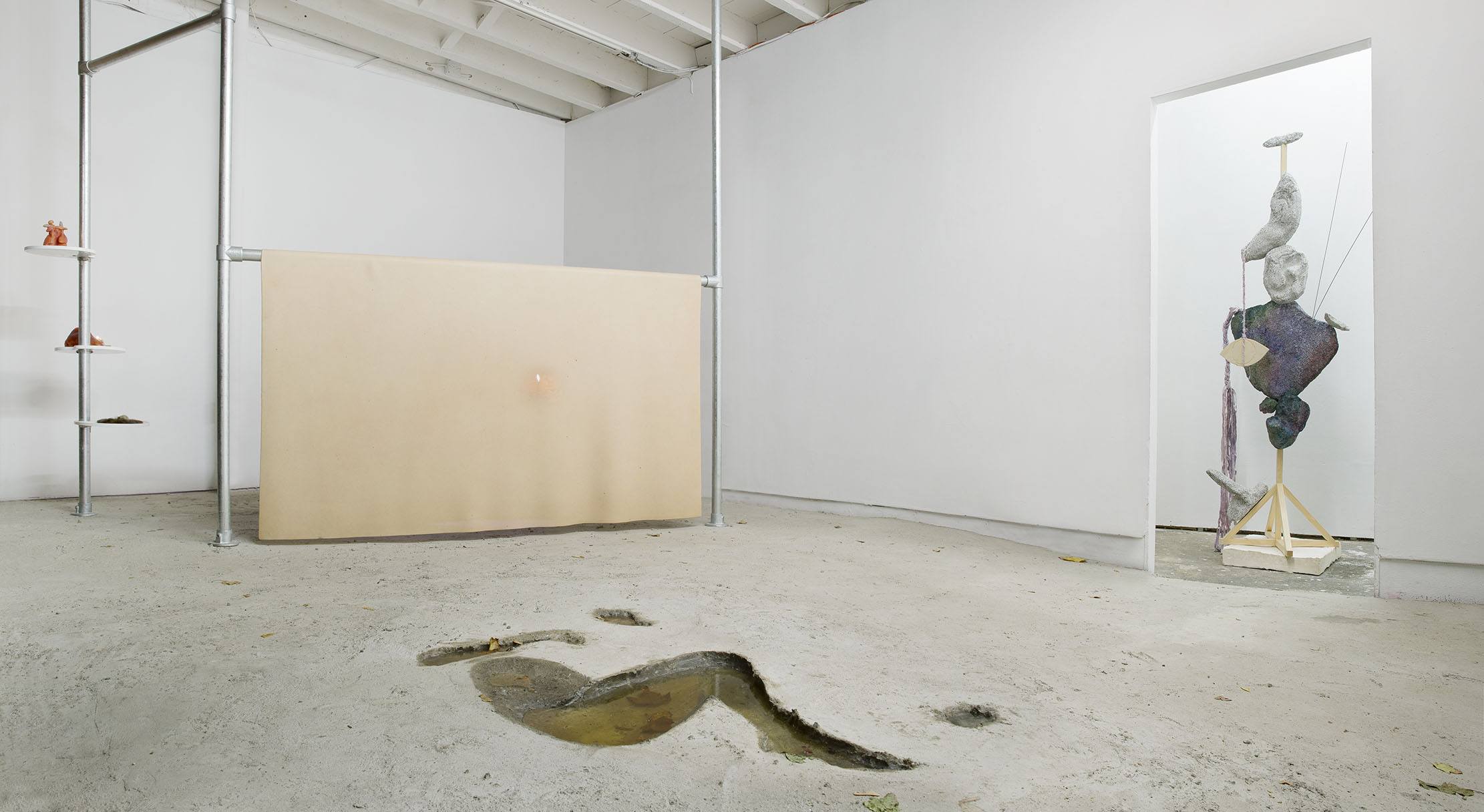
After encountering a community of people on the Mediterranean coast who were living in scaffolded structures to avoid the local real estate tax, French artist Pierre Huyghe began to develop his own concept for an “unfinished” architecture: Chantier Permanent (Permanent Construction Site), an unrealized project developed together with architect Francois Roche in 1993. It was not only the makeshift aesthetics of the half-done houses that had appealed to Huyghe, but also the form of sociality he believed they prompted: “There is not a fixed moment of completion, you live in a work in progress, life unfolds in a transitory state, permanently under construction.”
The notion of open-ended art and architecture has been linked to ideas of self-fulfillment and creativity since at least the 1960s, when new ideas around openness and audience participation emerged as artists began to critique the division between art and life. Since then, process-centered aesthetics have often been framed as a more ethical and social approach to making form. But that which is “permanently under construction” is not only open for intervention; it is also work that is never done. Today, the idea of form as unfinished is not limited to the art world but also resonates in the social and political spheres. Work has been reframed as one of the main modes of self-realization, and from every turn we are encouraged to embrace a “creative” and entrepreneurial identity. New forms of labor have made work fluid and ubiquitous—it is not just something we do at the office, at the factory, or in the home, but on ourselves as well. Self-help books continue to top bestseller lists with their message of “continuous assessment” and work on the self. These days, it seems, we are all a work in progress
A construction process is, however, never a solitary project, whether it be a physical structure out in the world or an internal architecture that scaffolds a self. In the work presented in this exhibition, the idea of permanent construction is translated as a constant negotiation of the boundaries between ourselves and the things around us: between architecture and self, environment and body, art and life. In 1973 Italian designer and writer Franco Raggi wrote: “The architecture of oneself before that of things.” In Permanent Construction the architecture of oneself is hard to separate from that of things.
M e l o d i e M o u s s e t has been working on her project, which is still ongoing, since 2011. She uses her own body as the center of an intensive process of mapping, indexing, investigating and narrativizing a self that always seems to be metamorphosing and slipping out into different forms as she attempts to take ownership of it. The project began with her mother’s potentially hereditary schizophrenia; as a way for Mousset to preemptively disassemble and to construct a new self, free of genetic and emotional baggage. Her organs are scanned in a prestigious medical institution in Geneva and reproduced, first as data, then as 3D printed models, then cast in wax and bronze and finally chiseled in marble. They become props and talismans that Mousset carries around with her as she departs the French port of Le Havre for Oaxaca, embarking upon a journey of self-discovery and recovery. When making a self, boundaries become fluid, the body expands. Insides and outsides, body and landscape, mother and daughter are confused and switched around. Things begin to look like each other: the smooth curves of a bell pepper at the Oaxaca market, the creases of her wax organs, the folding walls of a moist and dark cave.


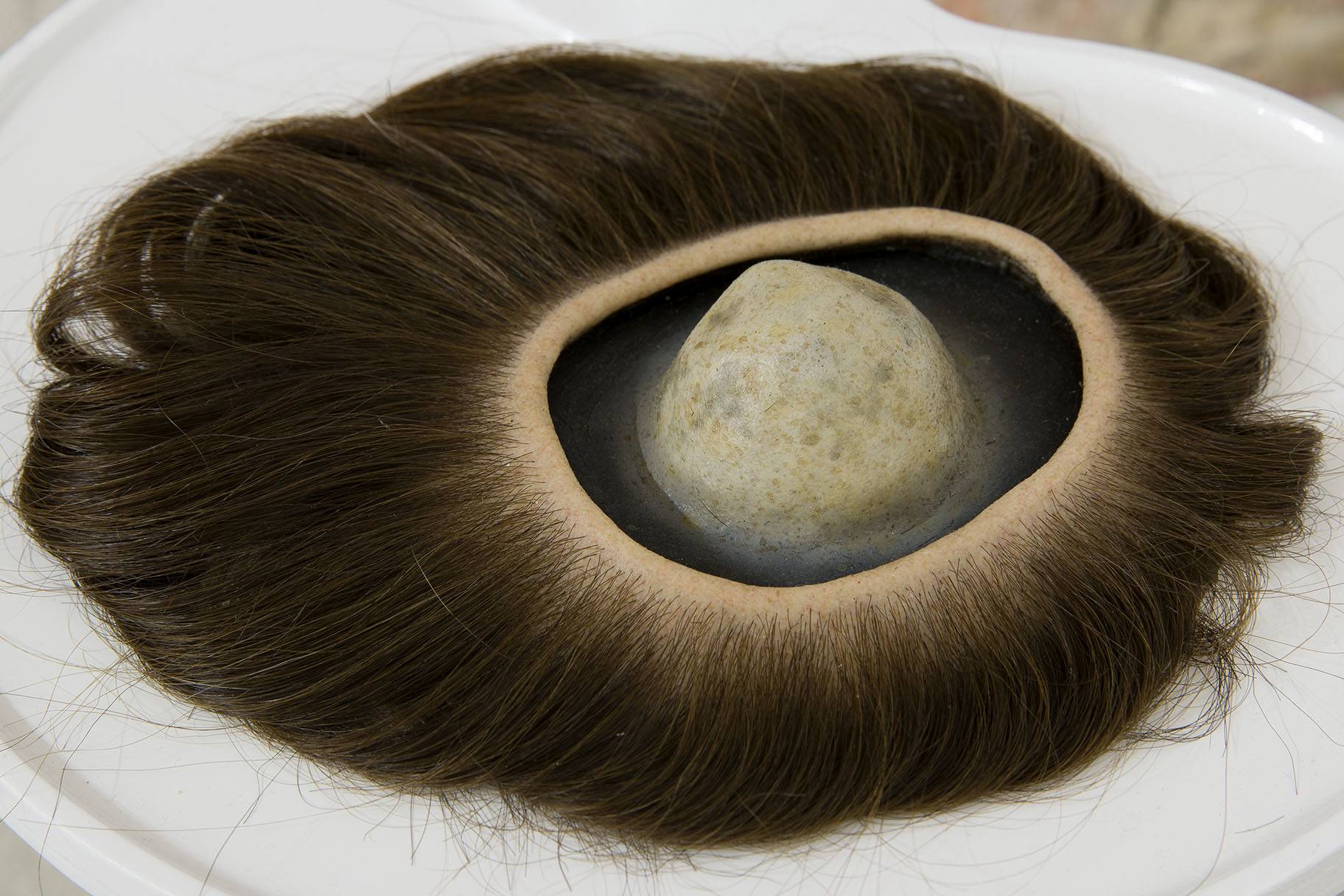
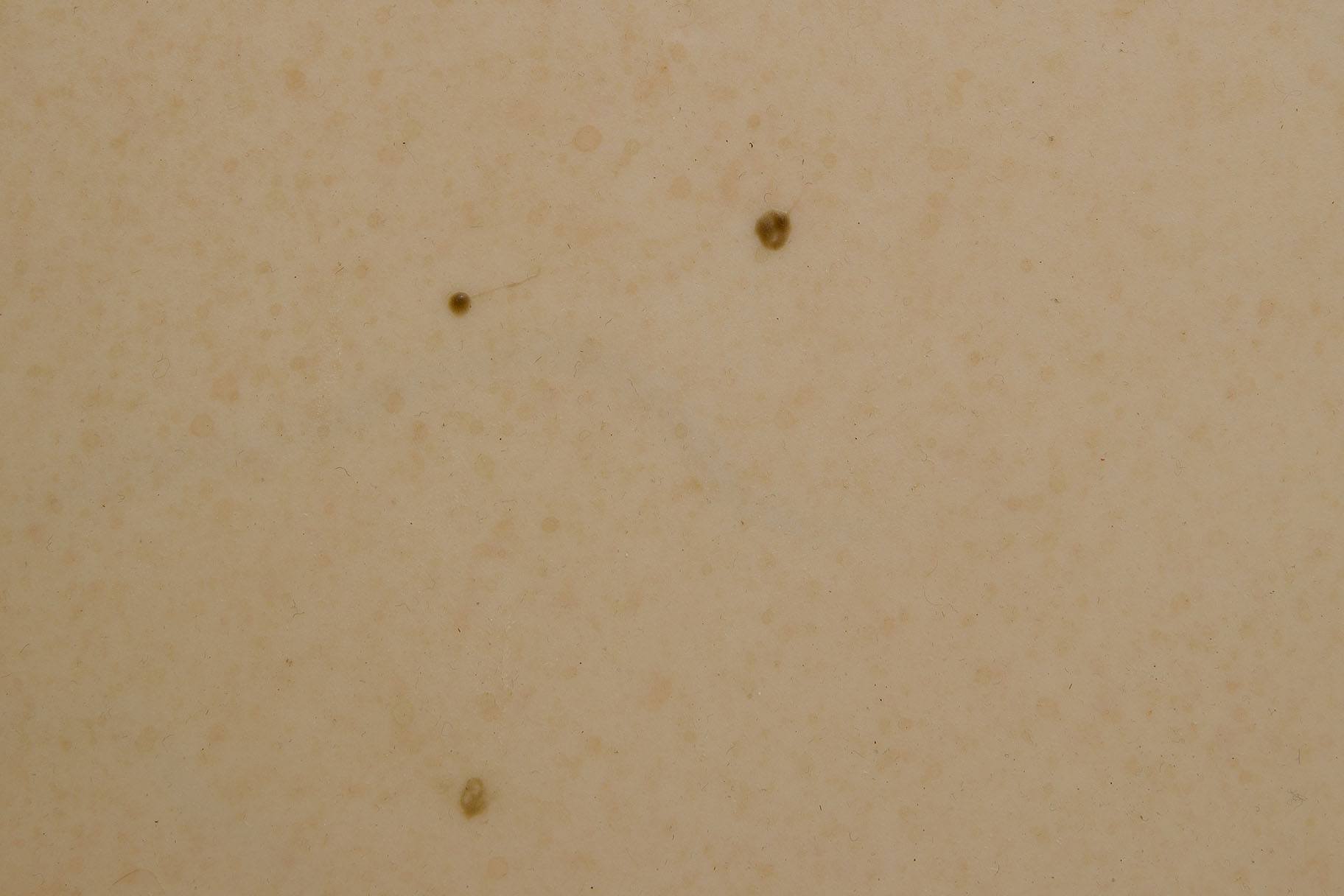
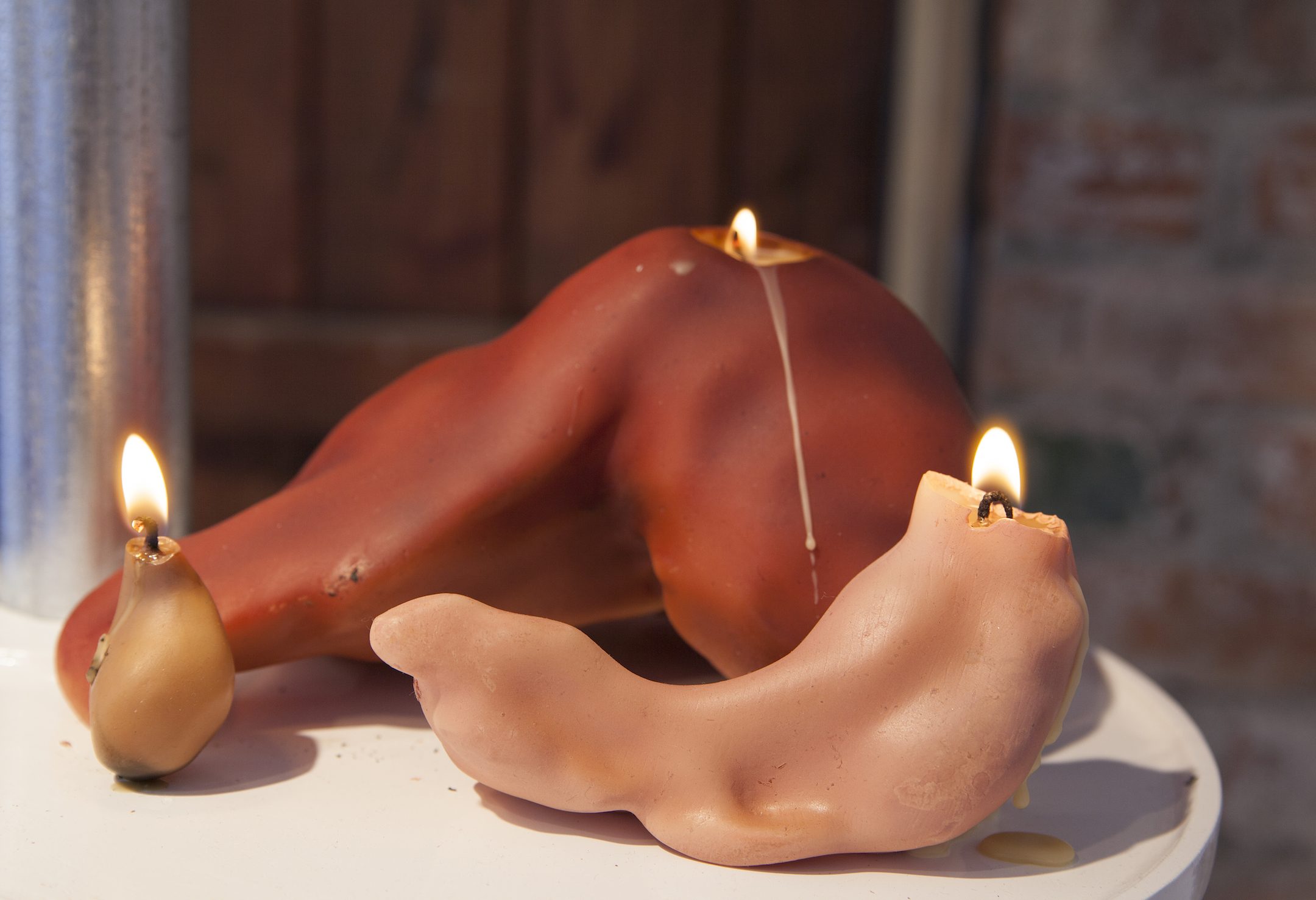
Melodie Mousset, Heart Dust, 2016. First version. Single channel HD video, (colour and sound 56:43 trt)
In O w e n A r m o u r’s intervention the human figure also makes an appearance, but it is anonymous and hardly recognizable. We are only able to detect the traces of it as an amorphous cavity lodged in concrete. Armour’s work obliquely references the context outside of the gallery doors: New York City as the definite permanent construction site amidst property booms and tax abatements. It also engages with one of the materials that makes up so much of our urban environment. The installation, which consists of a second false floor, is a site for several actions: the first is by a body as it hits wet concrete; the second is by audience members as they begin to walk onto it. Merging the processes of construction and destruction, the gradual disintegration of brittle concrete also becomes an opportunity for new things to come into view. Looking at the literal and material traces of the ways that we imprint ourselves in the world and in our environment, Armour’s work suggests that such acts of construction cannot be understood without their corollary: the act of destruction.
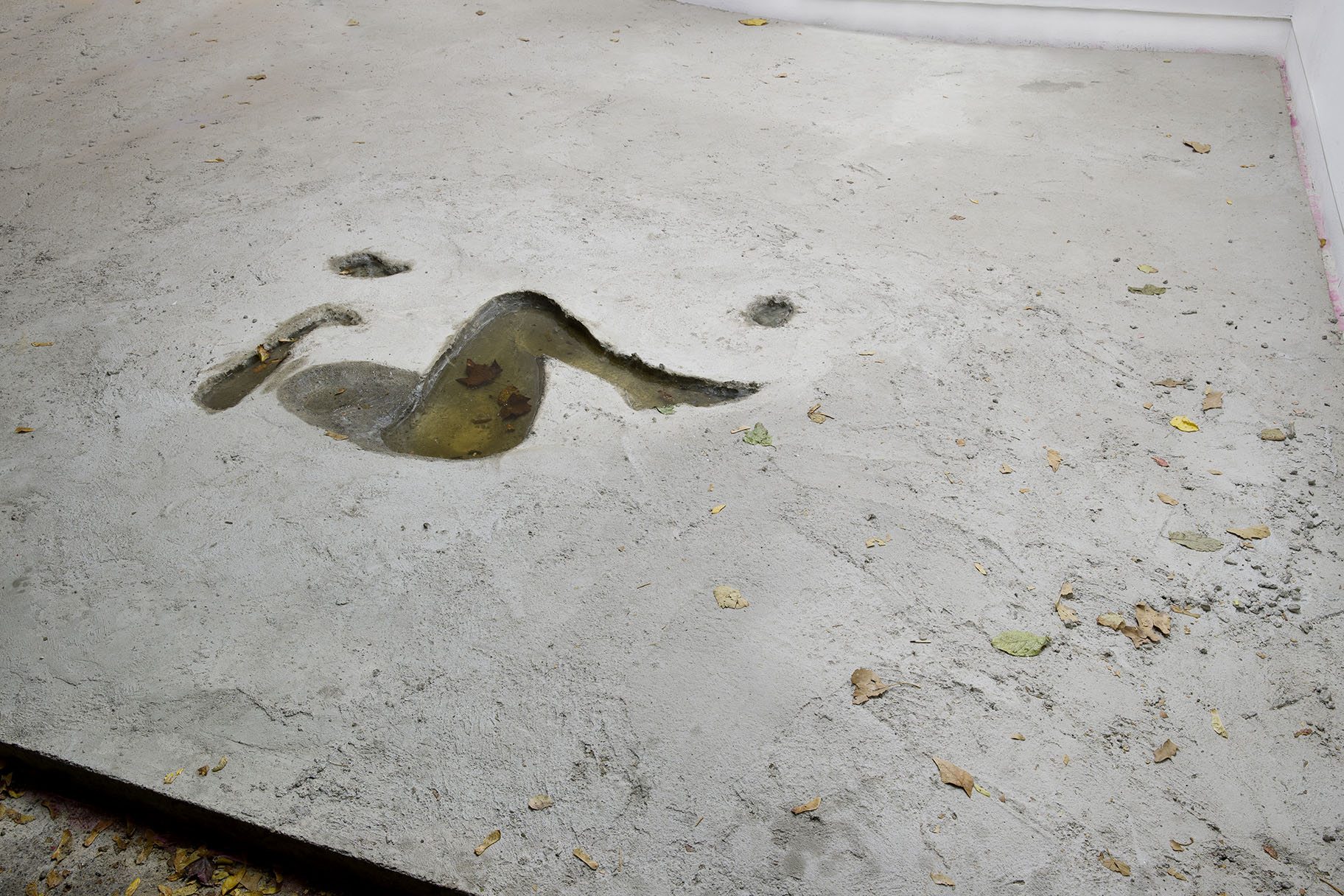



The installation A sculpture to be written into a story by A n n a D a n i e l l begins as an intimate encounter between a Brooklyn-based author and a sculpture. A text arises from the meeting to become part of a sculptural project that will continue to expand beyond the place and time of the exhibition. The sculpture started to branch out before opening night, as part of it was removed from Open Source and transferred to Ray Gallery in DUMBO. Daniell equipped the sculpture with a textile blueprint depicting all its parts, but rather than map and clarify, it too becomes another piece in a continuously expanding circuit. An elaborate net of entry points and access ways is spun, and it becomes apparent that the central act of construction is not necessarily that of the artwork itself, but rather all those minor acts of investment and attachment that it can accommodate once installed. Daniell invites each of us to meet the sculpture on our own terms, to open up toward it, be intimate with it, to talk to it, to listen to it, and to fantasize and dream with it as we invent our own story.
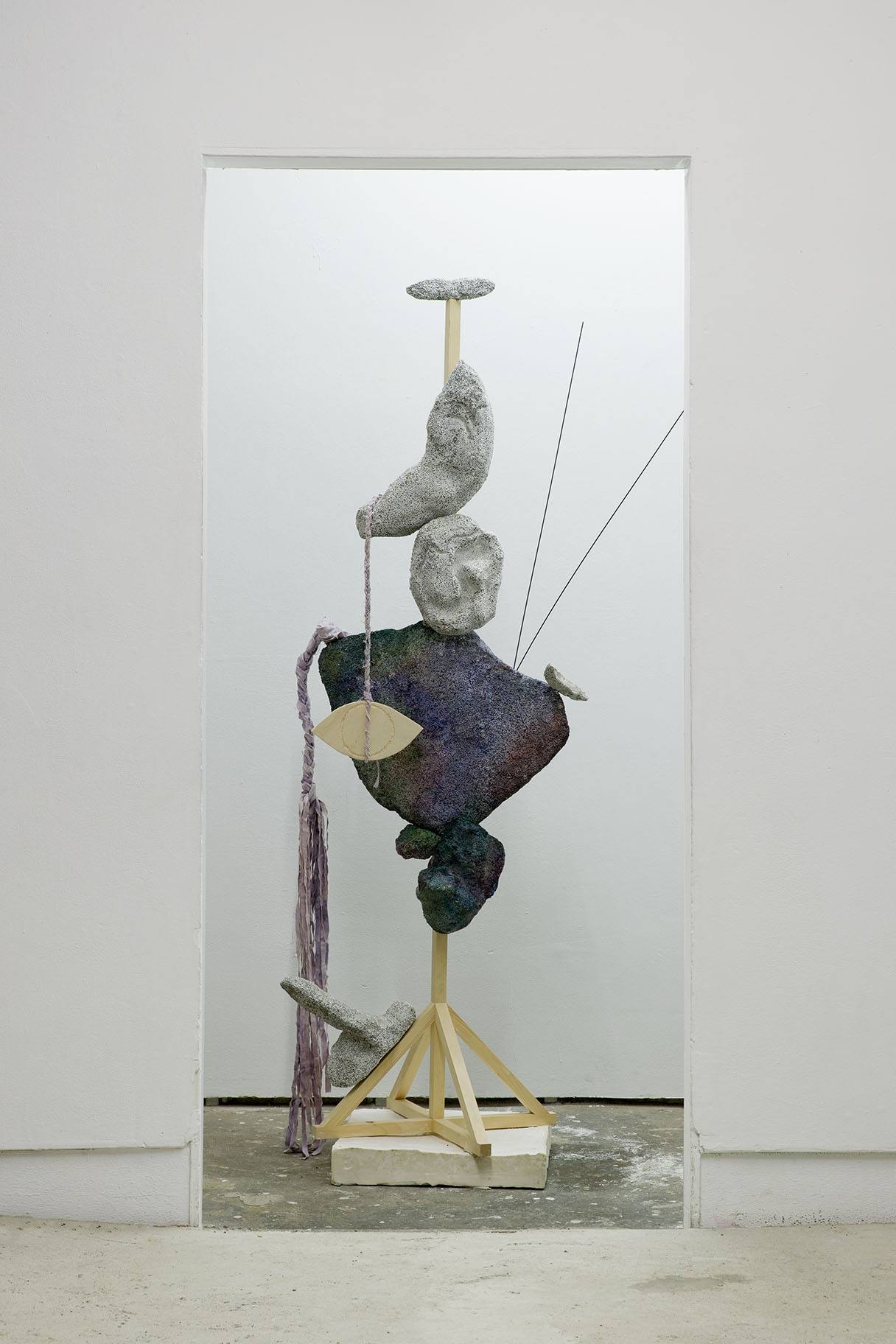


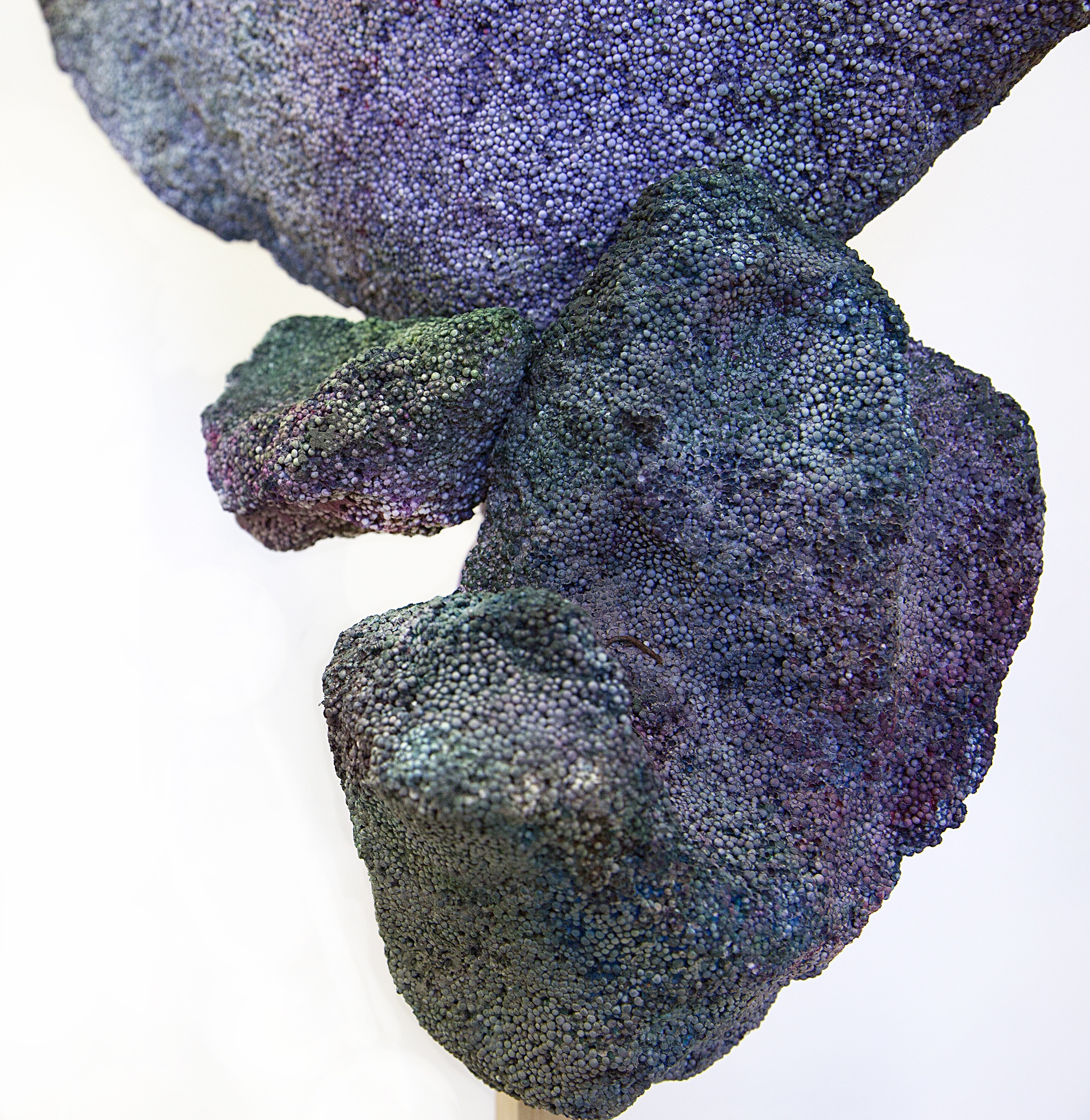
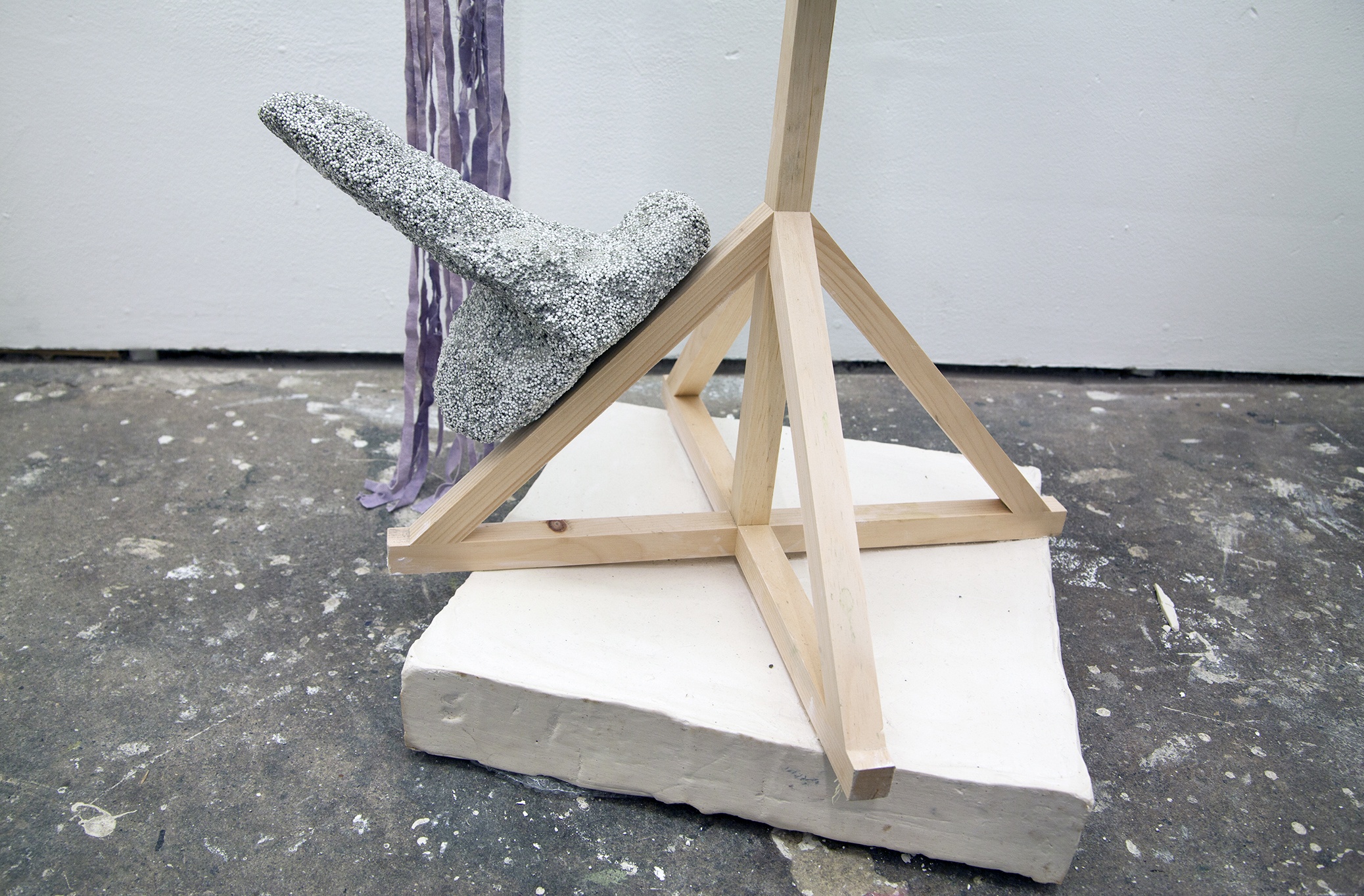
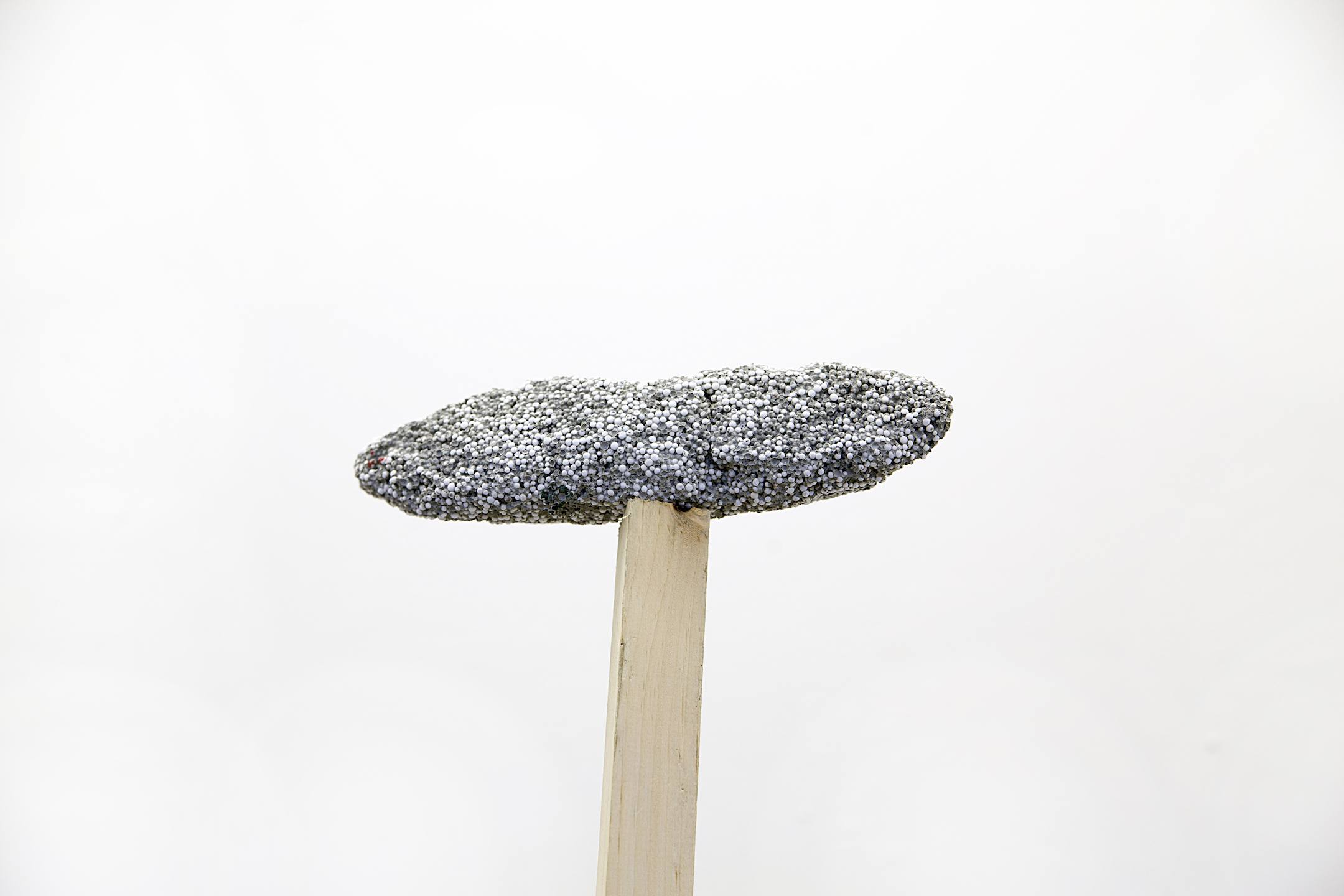

Co-curator V i c t o r i a B u g g e Ø y e is a PhD candidate in the History and Theory of Architecture at Princeton University.
O p e n S o u r c e G a l l e r y is an arts-based non-profit organization inspired by the open source movement. In the spirit of this free exchange of knowledge, they provide a forum where art intersects with the community and the world at large. Open Source energizes a diverse and creative community for people of all ages and backgrounds with an emphasis on expression, experimentation, sustainability, and social engagement.
The exhibition is kindly supported by Elise Jaffe + Jeffrey Brown, Danish Arts Foundation, Norwegian Consulate General New York, Swiss Arts Council Pro Helvetia and the NYC Department of Cultural Affairs.
